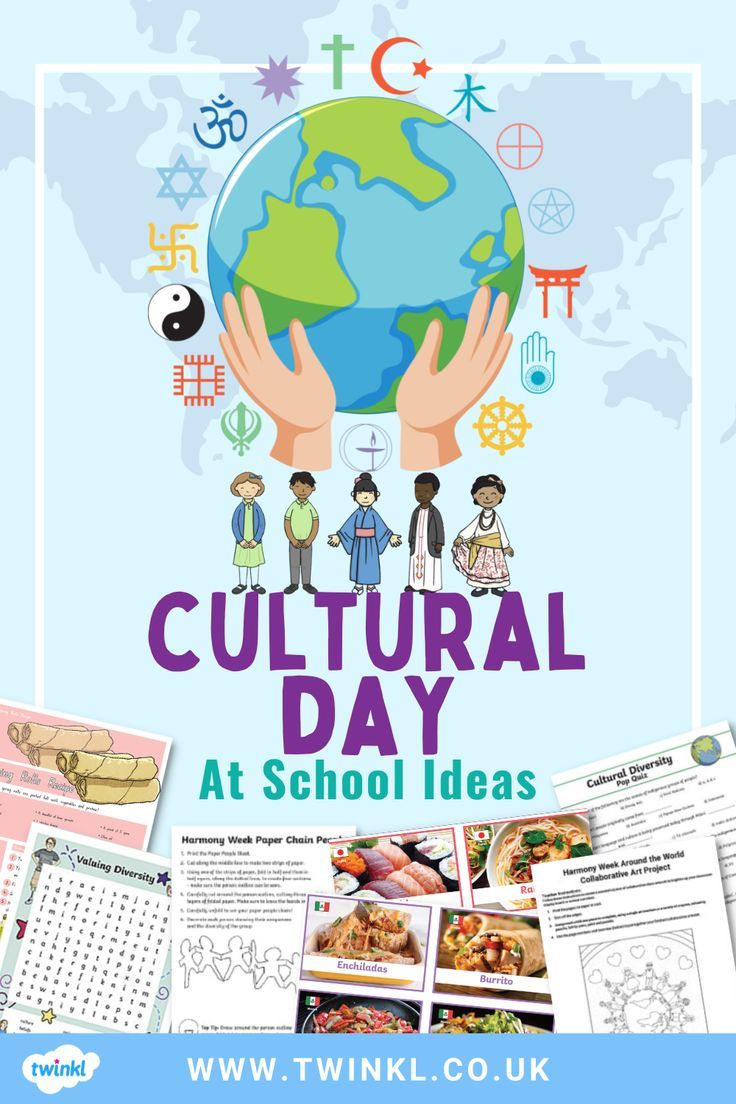Cultural Day programs serve as a profound nexus for the celebration of diversity, acting as vibrant showcases of the traditions, customs, and artistic expressions that reflect the manifold backgrounds represented within a community. Such programs promise to shift perspectives, fostering mutual curiosity amongst participants while engendering a greater appreciation for cultural richness. In turn, this culminates in an inclusive atmosphere that espouses unity while honoring individuality. Below, we delineate a comprehensive outline of a Cultural Day program, consider its essential components, and provide a sample framework that can be utilized by educational institutions or community organizations.
Objective of Cultural Day
The paramount objective of a Cultural Day is to provide a platform where diverse cultures harmoniously coalesce, stimulating dialogue and inquisitiveness. This is particularly vital in a society characterized by increasing globalization, wherein understanding and acknowledging various cultural narratives fosters social cohesion. Participants engage not only in learnings about differing cultural norms but also explore the underlying values that each culture holds dear.
Program Components
1. Opening Ceremony:
The commencement of the event should be marked by an inaugural ceremony that sets an inviting tone. This might include a welcoming speech by an esteemed figure within the community, which serves to emphasize the importance of cultural understanding. Traditional music or dance performances can enrich this segment, providing attendees with a visceral experience that piques their curiosity from the outset.
2. Cultural Exhibition:
A hall or designated area should be allocated for cultural exhibits, featuring booths representing various countries or cultural groups. Each booth may be adorned with artifacts, traditional clothing, visual art, and informative posters that provide historical context. This tactile engagement allows individuals to immerse themselves in differing cultural aesthetics and practices.
3. Workshops and Demonstrations:
Interactive workshops serve to deepen understanding and offer hands-on experiences. From cooking demonstrations showcasing traditional cuisines to crafting workshops featuring indigenous art forms, these sessions invite active participation. Such involvement is key; it helps dismantle preconceived notions and fosters a more nuanced appreciation for cultural practices. Moreover, language workshops can introduce attendees to basic phrases or dialects, encouraging cross-cultural communication.
4. Performing Arts Stage:
Live performances play a pivotal role in captivating audiences and offering insightful glimpses into various cultures. The amalgamation of music, dance, and theatrical presentations serves to engage the senses and evoke emotional connections. Cultural narratives conveyed through these mediums can spark meaningful dialogue among participants, transitioning them from passive observers into active listeners and participants in ongoing cultural conversations.
5. Guest Speakers and Panel Discussions:
Inviting guest speakers, such as cultural historians, activists, or ethnographers, can add depth to the program. Their insights can unearth the complexities of identity and heritage, imparting knowledge that transcends traditional classroom learning. Panel discussions encourage discourse among attendees, further cultivating an environment where questions are welcomed and diverse viewpoints are respected.
6. Culinary Experience:
The culinary component, possibly a potluck or food fair featuring an array of global delicacies, engages and tantalizes all senses. Offerings can include traditional dishes from various cultural backgrounds, each accompanied by a brief narrative explaining its significance. This facet of cultural exploration allows individuals to bridge connections through the universal experience of food, while also learning about the origins and stories embedded in their meals.
7. Art and Literature Corner:
Incorporating literature and visual arts into the program highlights the role of storytelling within cultures. A designated space may showcase local authors, poets, or artists, allowing them the opportunity to share their creations and discuss their cultural significance. This enriches the cultural tapestry of the event, inviting participants to recognize the inherent narratives that shape cultural identities.
Logistical Considerations
- Venue Selection: Choose an accessible location that can accommodate diverse activities and ensure inclusivity.
- Promotion: Utilize social media, local newspapers, and community bulletin boards to garner interest and ensure widespread participation.
- Volunteers: Recruit dedicated volunteers to assist with various aspects of the event, from set-up to guiding attendees.
- Inclusivity Measures: Ensure that the program caters to individuals of all ages and backgrounds, incorporating features for those with disabilities.
Post-Event Reflection
The conclusion of a Cultural Day program is an opportune moment for reflection. Gathering feedback through surveys or informal discussions can offer insights into the effectiveness of the event and identify areas for improvement. This can lay the foundation for future events, fostering sustained interest in cultural exchange and education.
Concluding Thoughts
In essence, a well-executed Cultural Day program serves not merely as a showcase but as a conduit for understanding and empathy. By piquing curiosity and promising a shift in perspective, such programs cultivate an environment ripe for learning, dialogue, and connection. As societies grapple with increasingly complex cultural dynamics, the impact of events that promote cultural awareness cannot be overstated; they play a crucial role in bridging divides and nurturing relationships within an ever-diversifying world.
